Truck Company Positioning – Knowing Your District
In my previous article we touched on the importance of positioning the ladder truck. In this article we will explore more of the foundation for optimizing your position. One important key to any truck company is knowing your district. I cannot overstate the importance of this knowledge. Knowing your district gives you the keys to direction of travel, hydrants (you may ask why hydrant location is important, I will get to that shortly), overhead wires, type of structures by address, exposure potential and other apparatus. All of these items need to be considered in your positioning plan. Each one affects the ability to place the apparatus in the most advantageous location to accomplish your tasks.
The Keys to Your Response
Let’s break down the district knowledge keys. First you’re direction of travel. Knowing what direction you will be approaching the incident from tells you traffic patterns, ability to maneuver, other apparatus travel direction and the side of the structure you will have the best access.
Having this bit of knowledge sets the stage for good placement. If your knowledge tells you that two engine companies will arrive prior to you, and come from the opposite direction of your travel, it may be wise to let them know how you are entering to avoid being blocked out. They may very well expect you to come in from behind them and pull past the address. That two second radio message may save you hours of headaches.
Hydrants and the Engine Co
Hydrants, you ask why would I need to know about hydrants? Take it from experience, if you know the direction the engine is laying out from or to, you can make adjustments in how and in what order it is best to arrive. In my world we were an engine and truck house fortunately we had captains that understood the importance of equipment positioning.
So on structural assignments the truck led the way. This gave us prime position, allowing the engine to stop at the plug and await for a status if necessary and we got the door forced quicker for entry. The importance of knowing the hydrant location allow you to establish from where the supply line is laid if it is prior to your arrival.
You can then adjust your travel if possible. Taking a 29 ton ladder truck over a 4” charged supply line is not a wise move.
Obstacles
Overhead wire location is another obstacle the truck must contend. If you know that overheads run a certain side of the street, you can plan accordingly.
Also, if wires run across the street to the incident address side, be very careful about parking under those lines. Just recently my old company parked and before the operator could exit the truck the wires dropped on the vehicle. He sat in the cab waiting for the electric company to disconnect the line from the pole, rendering the truck useless.
Type of Structure by Address
Knowing the district and what type, size, and exposure potential also are extremely important tidbits for your positioning plan. Obviously, if the structure is a garden style apartment or multi-dwelling it affects the ladder use potential and placement.
If the structure address is commercial stand-alone it affects the selection of the position. Exposure and fire spread potential (guessing where the fire is going) affects where you want to place the truck. Each of these items are a piece of the puzzle in how to better your truck team. Until next time, stay low, be safe and keep learning!
(Cover Photo Courtesy: Montgomery Co Md Fire/Rescue)

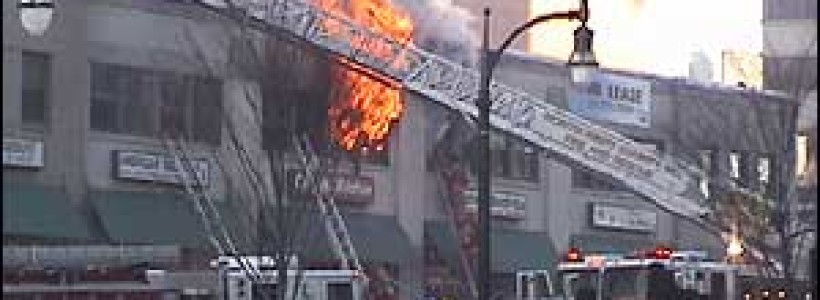
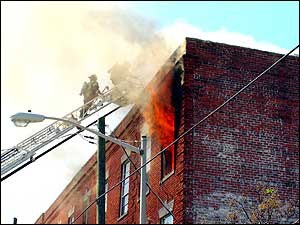
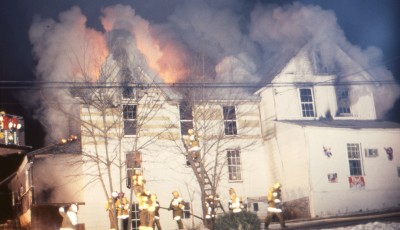
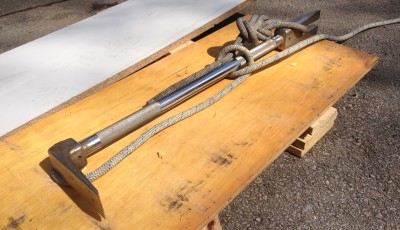
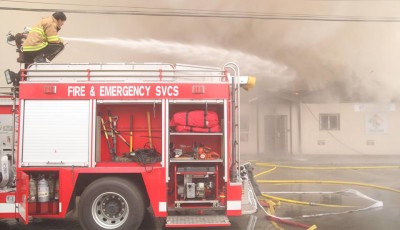
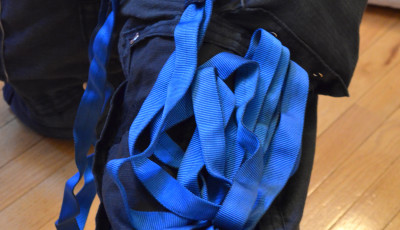
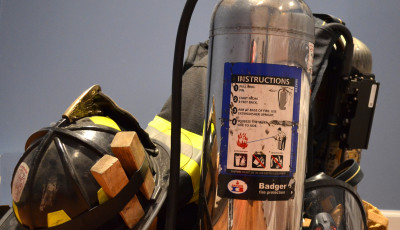
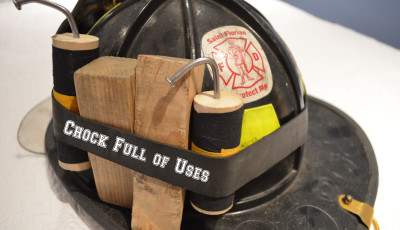
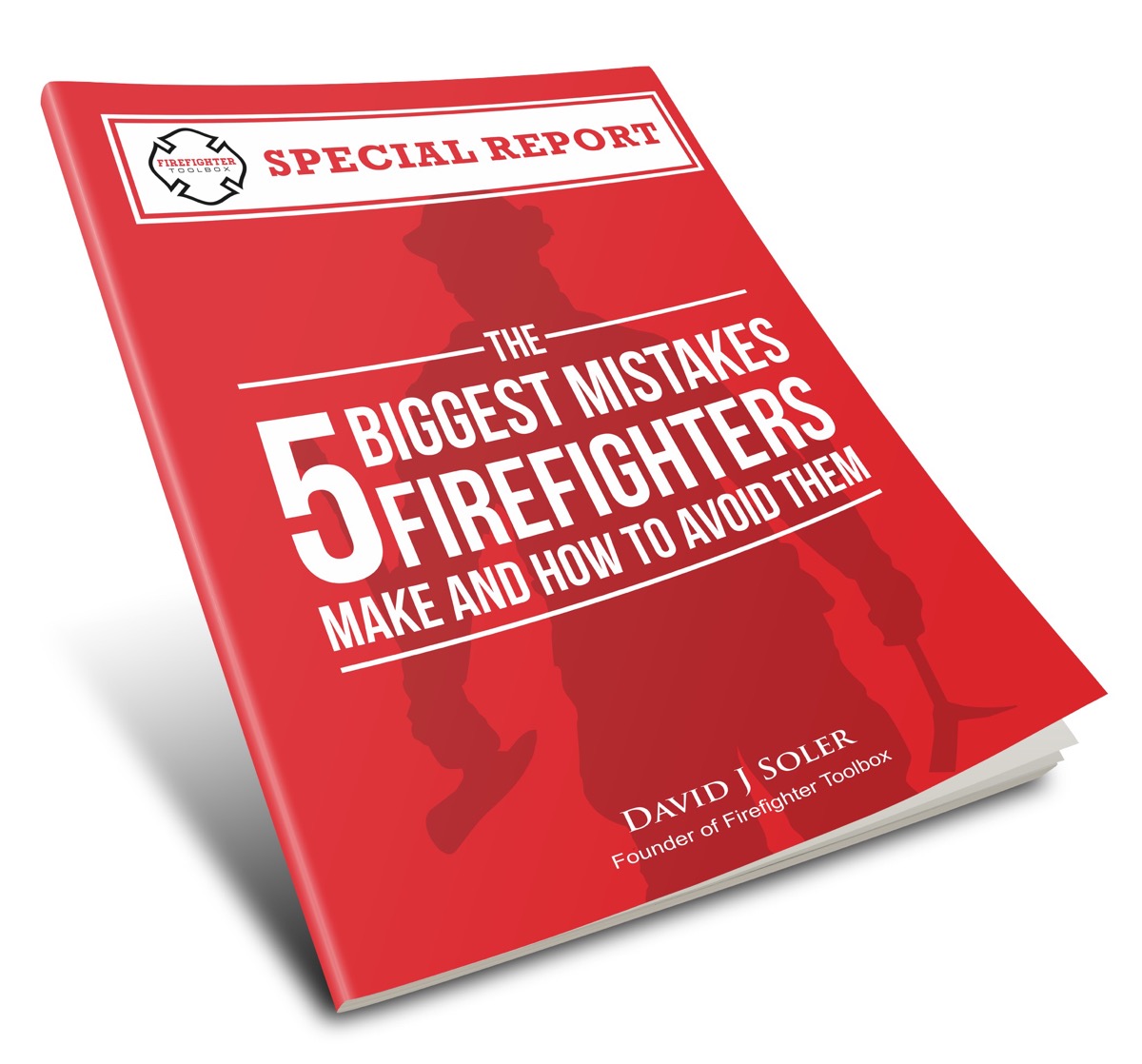
That photo is not from Baltimore. It’s from Steve Gerbert – a chief on the Jacksonville Fire and Rescue Department (Jacksonville, Fl). And that’s me on the tip of Ladder 4 as a second year FF with (at the time) Captain Lundy.
We got a lot handled that day, changing things emensly for the trapped victims and the nearly trapped engine crew with truck company tactics that worked just fine, just as practiced.
Nice piece of “drive-by” journalism. I get what your trying to suggest, but you’re looking at a snapshot. You’re retired. Let it go. The FD is hardly worth talking about here days anyway. Go enjoy life outside the fire.
Respectfully and in the spirit firehouse brotherhood and hard time,
Chris
Chris,
First, this picture is not a snapshot of anything critical. The article is not about anything criticizing. It is simply about knowing the districts makes you a better Driver/Operator for the reasons enumerated. I have retired and I have let it go! I an so sorry that you folks in Jacksonville have it difficult. I live a couple of hours away, I know the turmoil that is Florida Firefighting! As for the picture, it was taken from a Baltimore City Website, I am sorry if you felt slighted in any way. As you may have noticed I no longer publish or work in the Fire Service Field. If you want to carry this conversation a little further, my email is [email protected] and my cell will be given to you in an email.
In Brotherhood
Mike
Thanks for the article. I appreciated it.